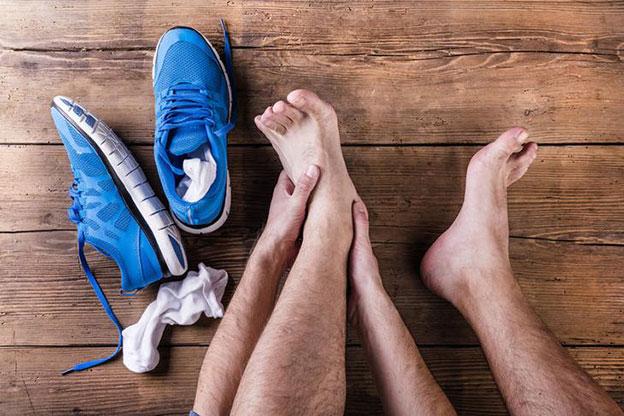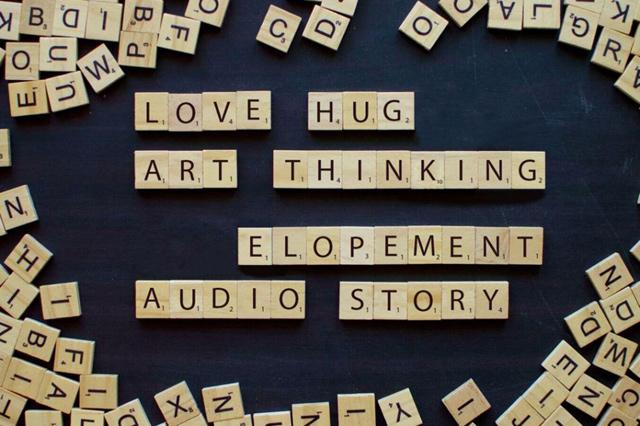You are here
Minimalist running shoes tread lightly, more naturally, experts say
By Reuters - Nov 11,2014 - Last updated at Nov 11,2014
NEW YORK — Enthusiasm for minimalist running shoes may have waned since the barefoot running craze that sparked them but fitness experts say the idea of minimalism has left a lighter, flatter, more natural footprint on the running industry, which is a good thing.
Minimalist shoes reached peak sales in the United States at $400 million in 2012, according to sports research firm Sports One Source, but sales declined by 13 per cent in the first quarter of 2013.
“After the minimalist movement, the pendulum swung in the other direction, said Tony Post, chief executive officer and founder of running shoe company Topo Athletic.
“But a lot of nice things came out of it: more natural running, lighter, more naturally-shaped shoes that allow the toes to splay, and a more neutral drop from heel to toe.”
During the boom of barefoot running that followed the publishing of Christopher McDougall’s best-selling 2009 book “Born to Run”, Post was CEO of the minimalist shoe company Vibram Five Fingers, makers of thin-soled, toe-articulated shoes that were designed to replicate running barefoot.
These days, he said, ergonomic design integrates the lessons learned from the barefoot craze with a natural feel.
“The future is the best of both worlds,” he said. “Minimal shoes didn’t allow enough time for bodies to adapt.”
Post noted that before the barefoot craze nearly all shoes had a 10- to 20-millimetre drop from heel to toe, even though flatter shoes are known to aid posture and alignment.
This year the American College of Sports Medicine listed minimal heel-to-toe drop, the absence of motion control or stability components, and lightness as the key characteristics of a good, safe running shoe.
Washington State-based biomechanist Katy Bowman said the barefoot movement alerted people that shoes were limiting their performance, but too many started running too soon.
“From a biomechanical perspective I’ve been a fan of minimal footwear, but in a progression,” said Bowman, author of “Move Your DNA: Restore Your Health Through Natural Movement”.
“It takes a long time to achieve strength in legs,” she added.
Before running in them, walk in minimal shoes for a couple of months, she recommends.
To awaken the foot’s support structure and improve circulation, Bowman also advises barefoot exercises, such as lifting each toe one at a time.
“It’s not just about taking off your shoe,” she said. “It’s about exposing the foot to different elements and loads, going uphill and downhill with debris and angles under your foot [to get] all the tiny exercises that your foot and ankle need.”
When choosing minimal footwear, Bowman said, think light, with a flexible sole that you can twist, not just bend, and look for zero drop.
Because shoes limit the way the body moves, Bowman said, the benefits of being minimally should go beyond walking or running.
“If you wore them all the time it’s a secret weapon,” she said, “a way to get more movement into your day without doing anything else”.
Related Articles
Feet are a part of the anatomy many exercisers ignore while pounding the treadmill or honing a headstand, but fitness experts say they are the very foundation of physical well-being.
Mass-produced shoe inserts available on drugstore shelves and customised orthotics may not work for plantar heel pain, a research review sug
NEW YORK — A new year means new perspectives.













